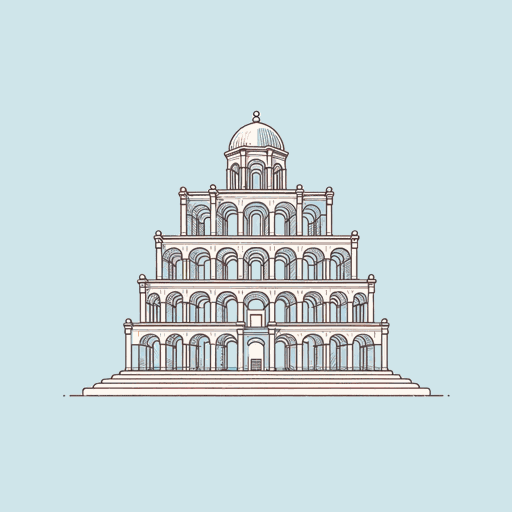31 pages • 1 hour read
Jonathan SpenceThe Death of Woman Wang
Nonfiction | Book | Adult | Published in 1978A modern alternative to SparkNotes and CliffsNotes, SuperSummary offers high-quality Study Guides with detailed chapter summaries and analysis of major themes, characters, and more.
Themes
The Experiences of Women
As the title The Death of Woman Wang suggests, the historical experience of women outside the upper class is a major part of the book. In 17th-century China, social norms made it easy for men to exploit women. For example, Spence cites a story by P’u about a peasant woman whose wealthy lover abandons her and her child without repercussions(107-09). Women didn’t enjoy the same leniency; society expected them to dedicate themselves entirely to their husbands, even to the point of dying by suicide. In writings portraying ideal women, women display
[…] chastity, courage, tenacity, and unquestioning acceptance of the prevailing hierarchy—unto death if necessary: fifteen of the listed women had committed suicide, and in thirteen of these suicides the motive was loyalty to a deceased husband or to avoid rape, which would shame both wife and husband (100).
As in the case of Wang, Chinese law and culture harshly punished female adultery. For example, Wang’s killer, her husband Jen, received a lighter sentence partially because she was guilty of adultery (138). Although stories like Wang’s and that of the woman seduced by a scholar demonstrate that women didn’t always adhere to the feminine ideal, there could be severe consequences for flouting it.


